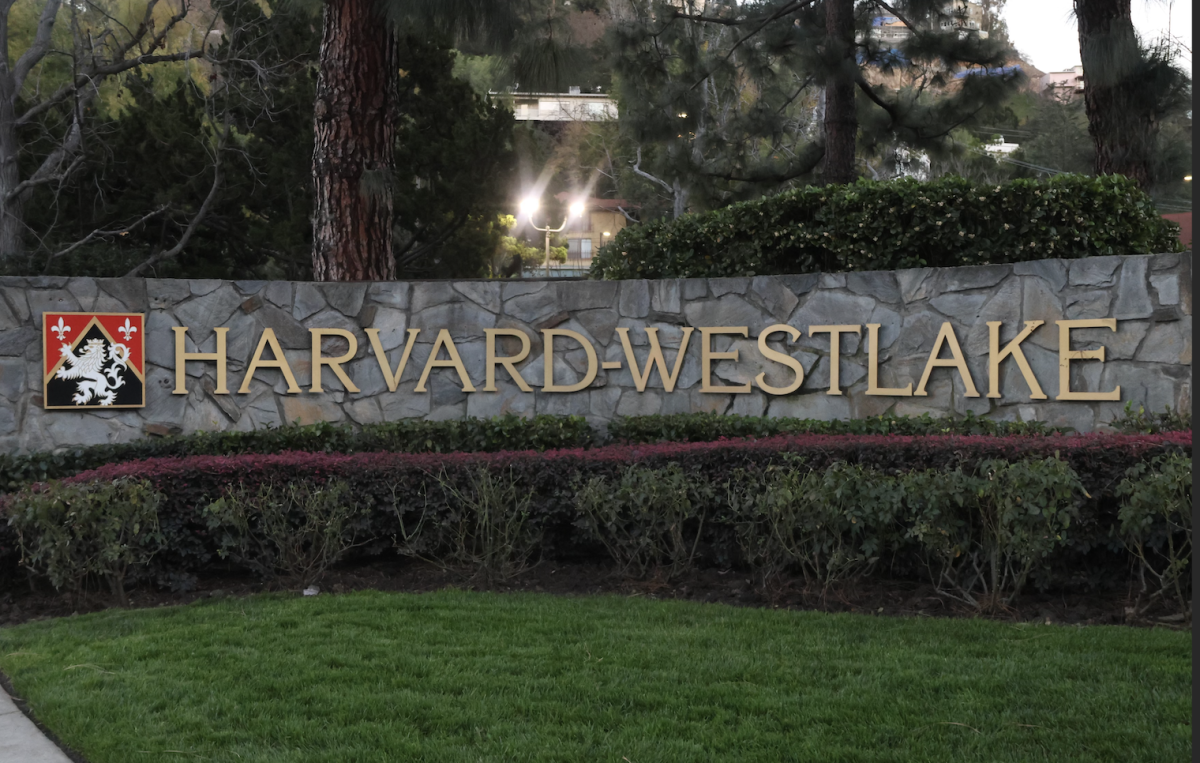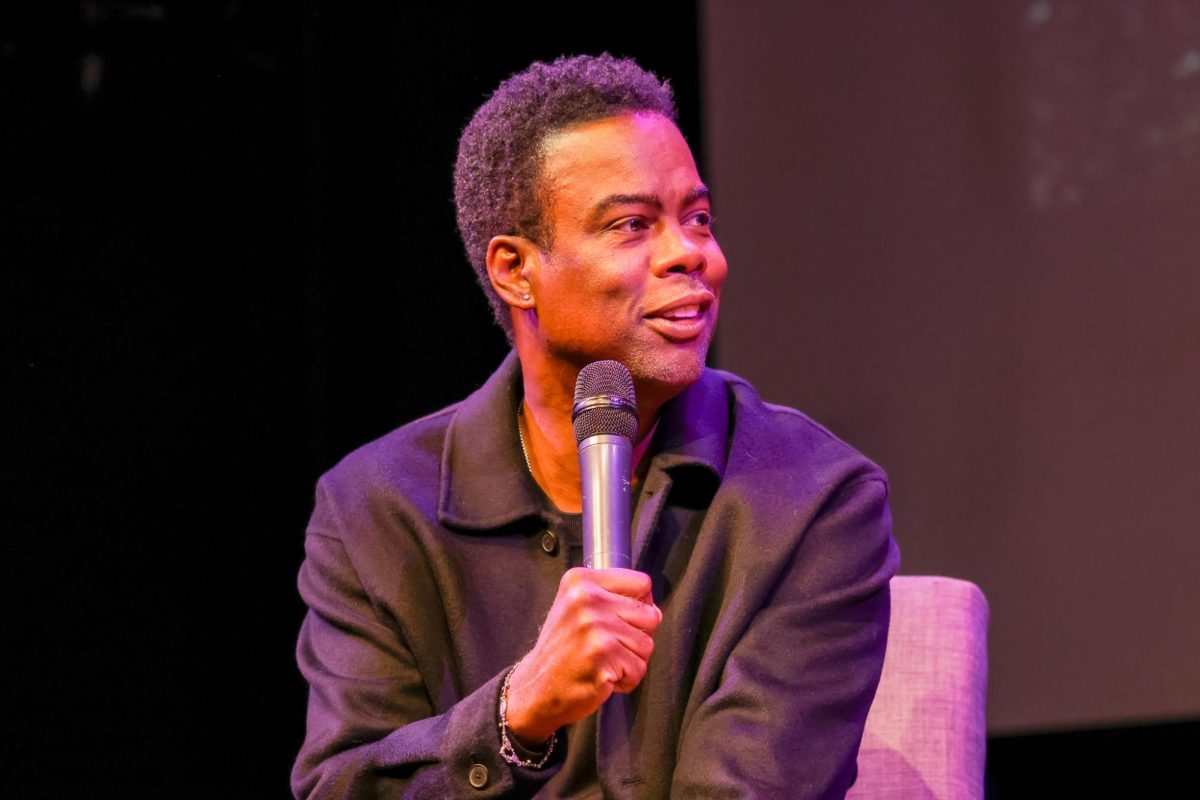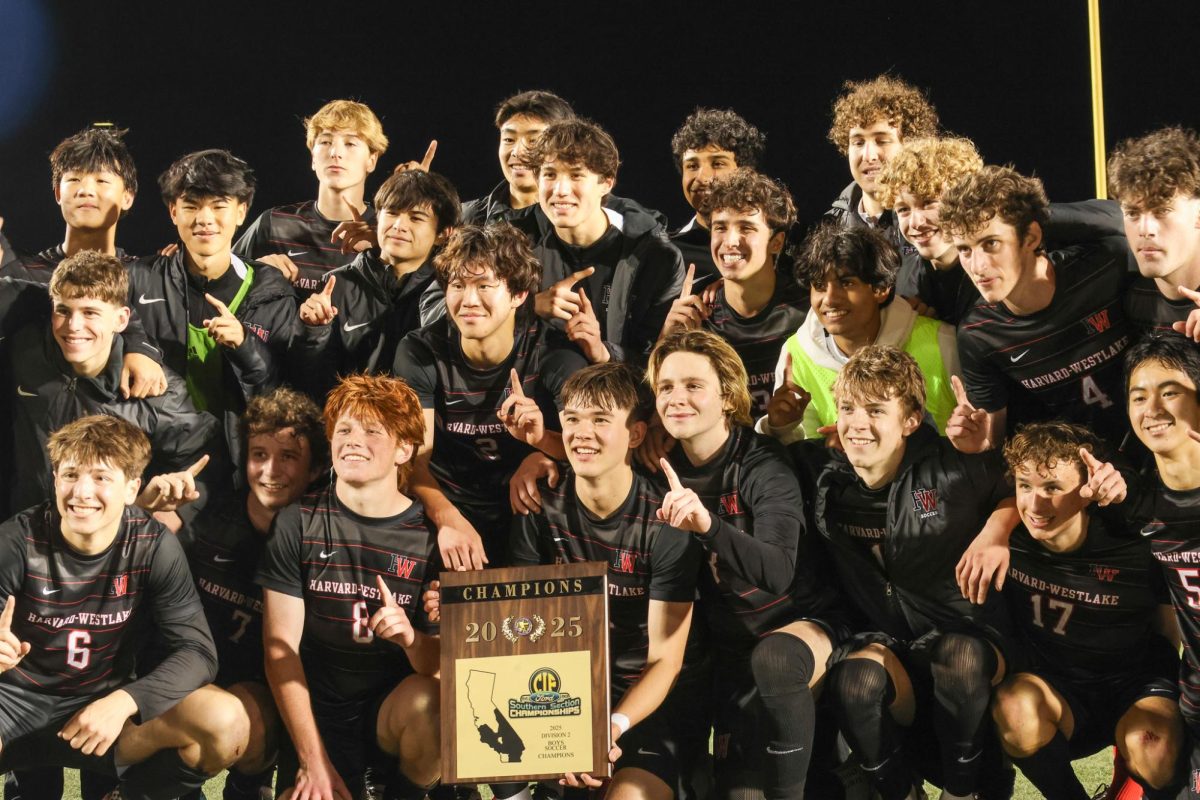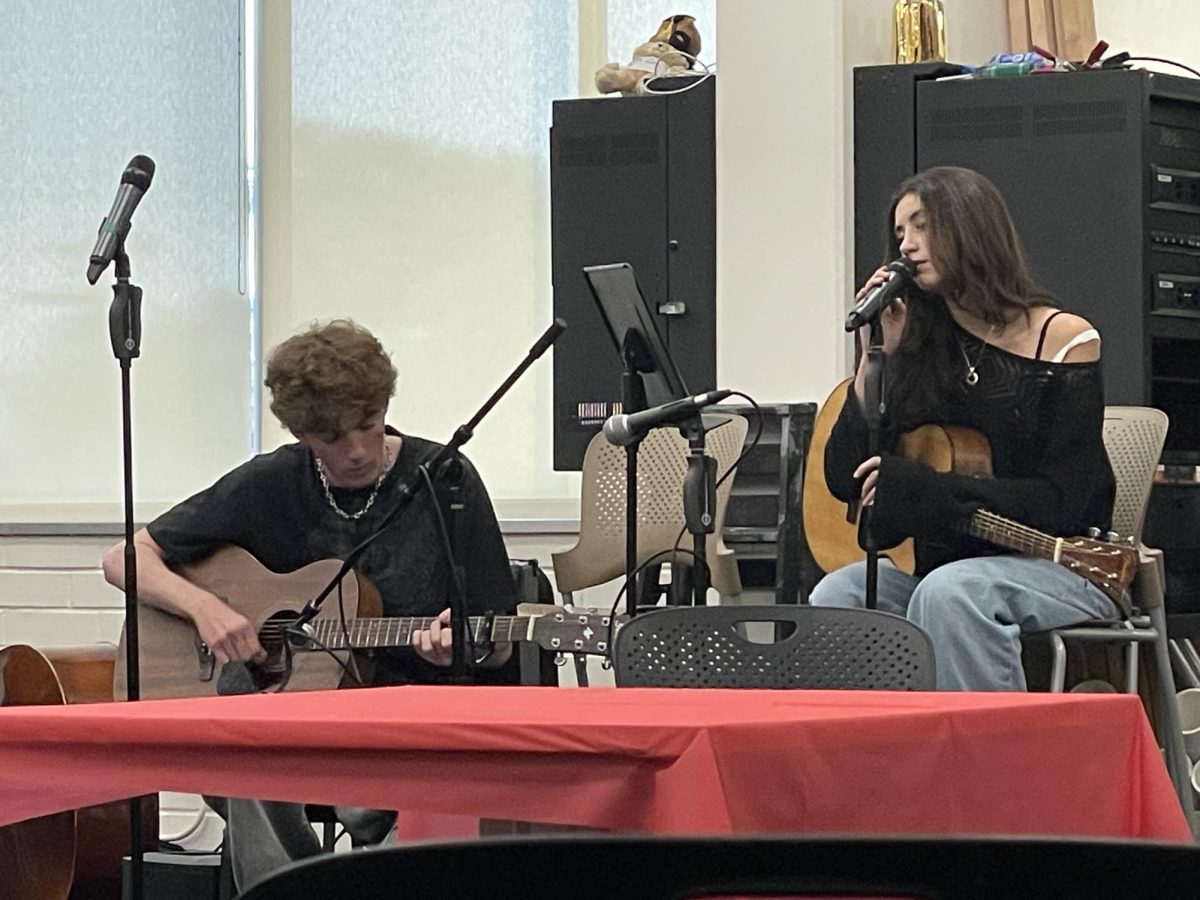To promote interest among the student body for the upcoming presidential election, Kutler Center courses each dedicated a class period to discussing the election the week of Oct. 30.
“With this election project we wanted to stimulate awareness and excitement for the election in two weeks time,” Middle Eastern Studies teacher Dror Yaron said. “We deliberately did this now to give students time to think and ponder on the issues at hand.”
In the past, history teachers covered current elections in their classes, but this year the school decided to organize a forum for discussion on a presidential election.
Each course applied the election to its own respective field of study. For example, in Analysis of Interactive Media, students participated in a role-playing game where they played politicians and simulated an election, in Criminal Law, students debated various California propositions and in Myth and it’s Meaning, students discussed myth and politics in the ancient world.
Students said they valued the opportunity to discuss and further understand the election.
“It was amazing to be able to sit in on the lecture about Clinton and Trump’s foreign policy,” Lauren Morganbesser ’19 said. “I learned so much, and I really appreciated being able to learn about a topic that I’m interested in and otherwise wouldn’t have been able to have a lesson in without this program.”
All upper school students also had the opportunity to participate in a mock election, with students voting on the presidential race, state ballot measures and other political topics.
History teacher Dave Waterhouse announced the results of the poll Nov. 2. In the poll, Democratic candidate Hillary Clinton won 72 percent of votes cast, and Republican candidate Donald Trump won 15 percent of the vote. Libertarian candidate Gary Johnson and Green Party candidate Jill Stein earned the remainder of the vote.
Students supported other proposals, including plans to eliminate tuition at public colleges, mandate background checks for gun purchases and requiring photo identification to vote.



































